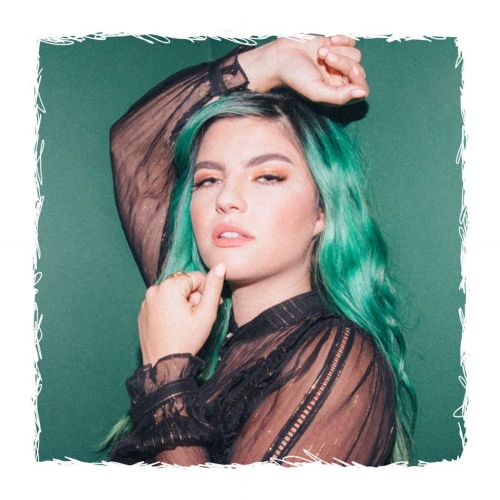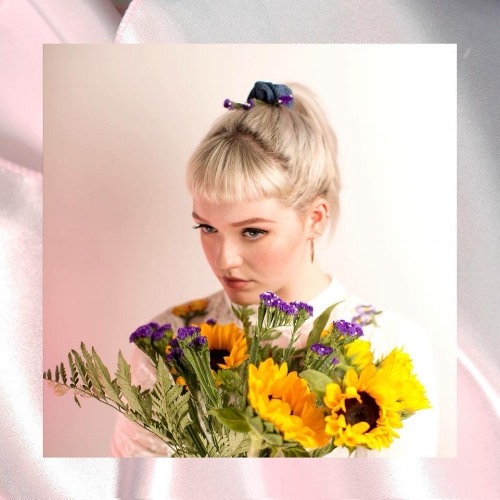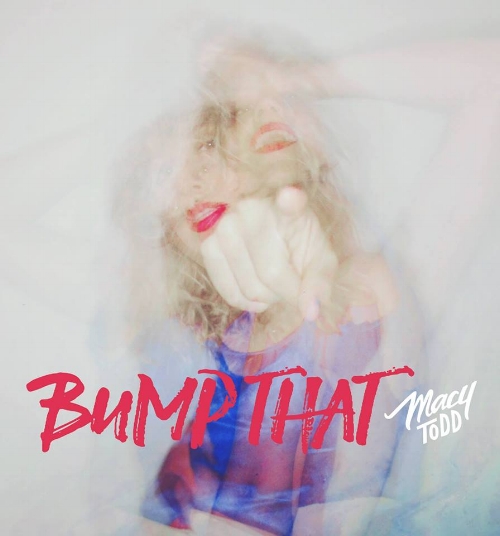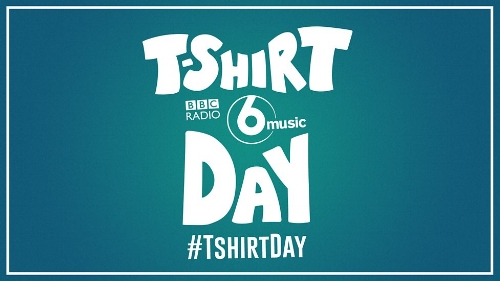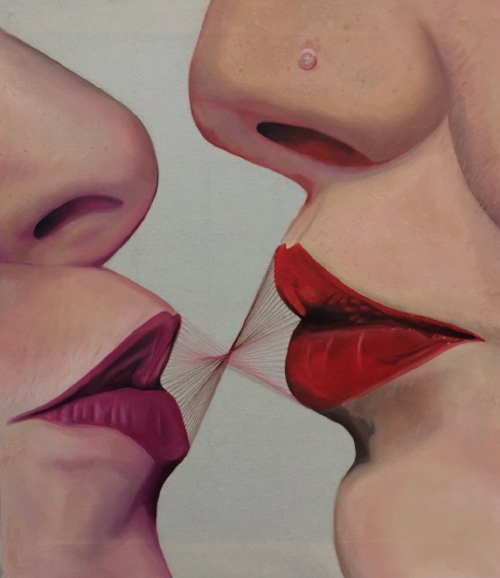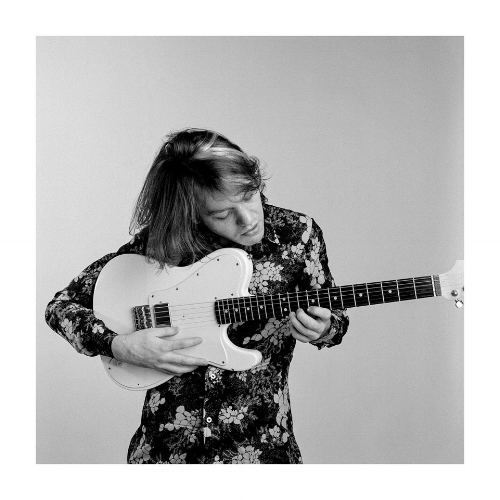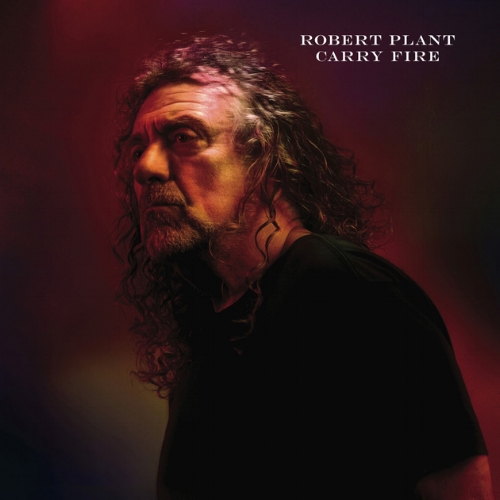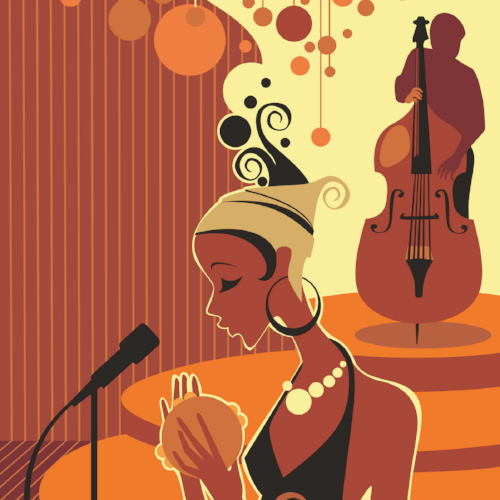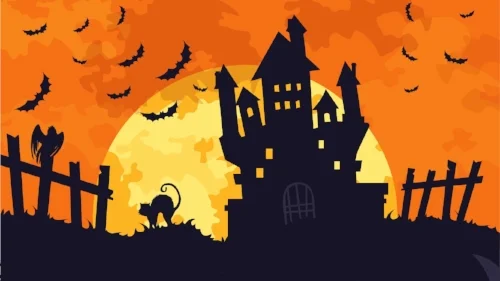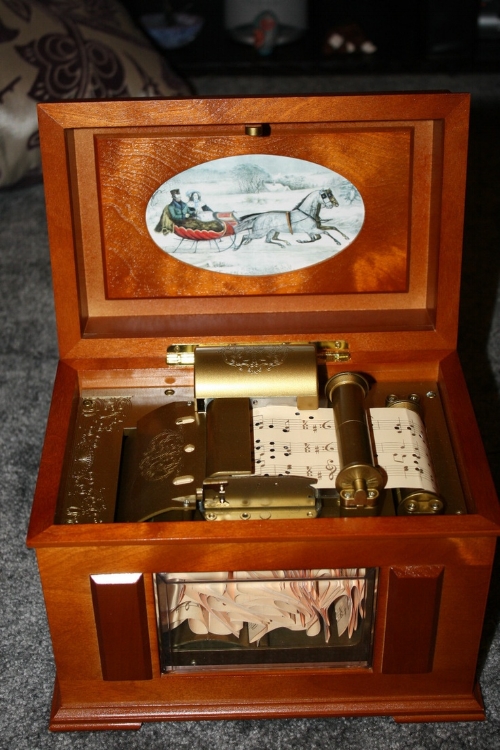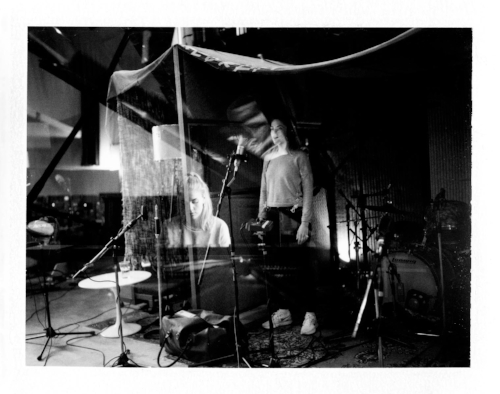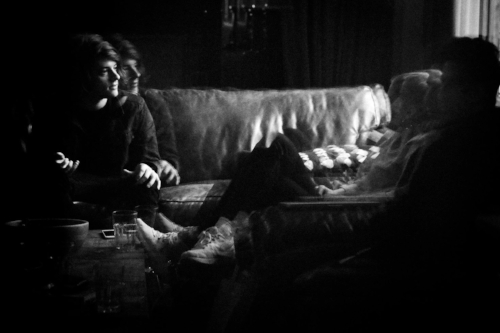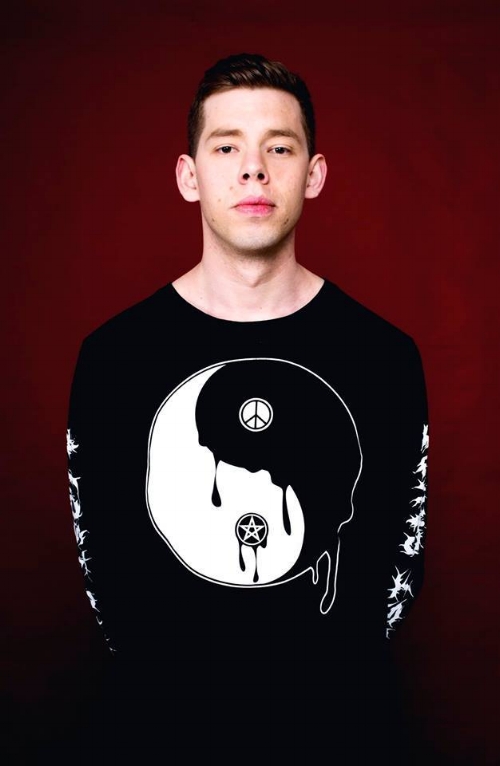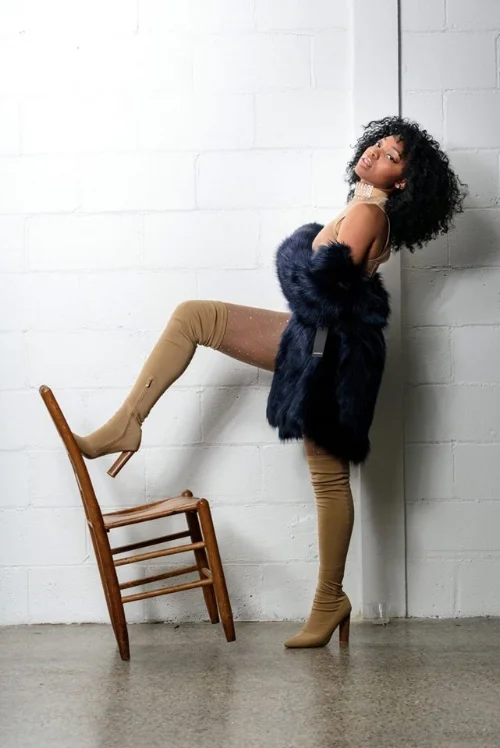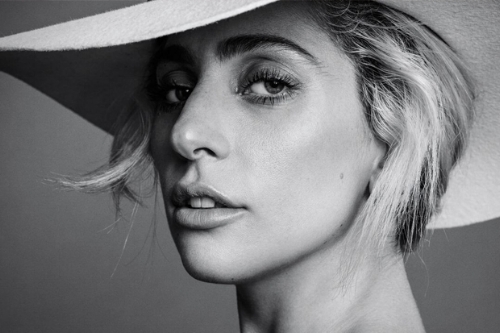FEATURE:
“Who Runs the World…?”
IN THIS PHOTO: Janice
Incredible Female Artists to Watch in 2018 (Part II)
___________
THE remaining two parts of this feature…
IN THIS PHOTO: Kirbanu/PHOTO CREDIT: Ulli Kiefner
will bring more artists in from Europe and Australia – and concentrate on other parts of the U.K. (aside from London). Today, as I look deeper into the music world and fantastic female talent out there; I am amazed finding such a rich vein of variation and quality. It is sad there are so few being given the same oxygen as men: I guess features like this are small steps in the right direction...
Let’s hope next year is defined by greater exposure and attention (for women). I have been scouring the annals and archives to bring you a collection of female artists, I think, will make some big movements in 2018...
__________
SIIGHTS
Latasha Alcindor
Phoebe Ryan
Emma McGann
Jessica Rotter
PHOTO CREDIT: @reiten
Location: Los Angeles, U.S.A.
Genres: Country; Folk; Pop
Official: http://jessicarotter.com/
Lots Holloway
Kirbanu
FiFi Rong
Mïrändä
Location: New York, U.S.A.
Genres: Art-Pop; Electronica; Dream-Pop; Experimental-Pop
Official: http://www.whoismiranda.com/
Bella McKendree
Location: London, U.K.
Genres: Alternative Pop/Soul/Folk
Follow: https://www.facebook.com/bellamckendree/
Twitter: https://twitter.com/bellamckendree
Facing West
Location: Denver, U.S.A.
Genres: Pop; Indie; Singer-Songwriter
Twitter: https://twitter.com/facingwestmusic
Macy Todd
Michelle O Faith
PHOTO CREDIT: Alex Lord-Walker
Location: London, U.K.
Genres: Pop; Alternative
Twitter: https://twitter.com/michelleofaith1
NATHASSIA
Frida Sundemo
Jena Rose
Robyn Cage
Location: Salt Lake City, U.S.A.
Genre: Alternative-Pop
Follow: https://www.facebook.com/robyncagemusic/
Official: http://www.robyncage.com/
Bee Bakare
Peaness
Emmi
Janice
PHOTO CREDIT: Nicolina Knapp
Location: Stockholm, Sweden
Genres: R&B; Soul
Official: http://www.janicethis.com/home/
Gabriella Cohen
PHOTO CREDIT: Jared O'Sullivan
Location: Melbourne, Australia
Genre: Pop
SoundCloud: https://soundcloud.com/gabriellacohen





